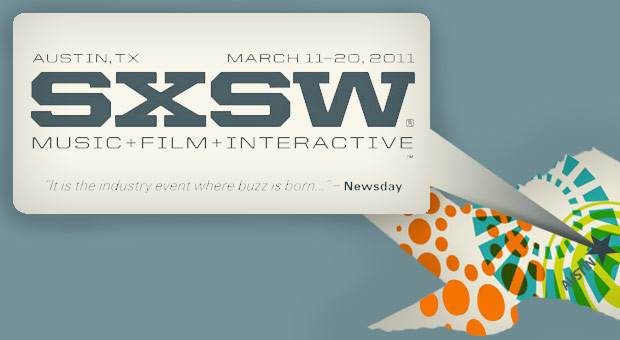The acquisition of radian6 by Salesforce represents a possible significant shift in both the social media monitoring and customer relationship management industries. Time will tell how this merger will actually play out but the potential is there to deepen the connection and help foster a direct correlation between activity in social media and business ROI.
According to Mashable and the official release itself, the enterprise leading customer relationship management company Salesforce has agreed to acquire a leading social media monitoring platform in radian6. The deal is all but complete and should be finalized by July according to the article. The big question now is what does it mean for an industry who is still relatively young and with new players producing new platforms every day.
Salesforce sees it as a large move for them, which is pretty obvious by the amount of money they put up in their bid, a total of $326 million in stocks and cash was the reported agreement. “With Radian6, salesforce.com is gaining the technology and market leader in social media monitoring,” said Marc Benioff, chairman and CEO, salesforce.com in the official release announcing the acquisition. “We see this as a huge opportunity. Not only will this acquisition accelerate our growth, it will extend the value of all of our offerings.”
So with this move does Salesforce automatically become the industry leader now and in which industry are we referring to?
In the CRM industry, they have been one of if not the leader for some time now. The dashboard is great for sales forces and keeping track of prospects and current client projects and has served as an excellent lead generation tool. However, it is my personal opinion that the monitoring portion has been less than impressive up to this point.
Radian6 on the other hand, is clearly one of the leaders in this space with over half of the fortune 500 companies as their clients. Their unique technology that allows them to monitor conversations across the span of the social space including Facebook, Twitter, blogs and more allows companies to not only see what is happening in real-time but to also receive analysis and insights and engage directly from within the platform.
So how will these technologies converge? Will this be a magical pill connecting our social activities directly with our sale activities to really finally be able to see the true ROI of our efforts? The answer is that time will be the determining factor because it remains to be seen exactly how Salesforce will utilize this powerful new technology. The release does provide some hints as it is mentioned that the current internal social network known as “Chatter” will now be filled with what is happening in the social web in real time. This could be more cumbersome than helpful however as the volume of conversation could be overwhelming for companies to deal with.
The bottom line is that the possibility is there to make this a seamless integration and help solve the disconnect problem that plagues some brands with their social media efforts. On the other hand the technology could become cumbersome for people like me to use and take away from the true joy of using these mediums to interact.
One thing is certain. The next couple of months will be very interesting and could determine the future of both these industries and how this all will play out. As for agencies and brands, keep engaging your customers through social media with whatever platforms you are using, but keep an eye on this merger as it could potentially alter the landscape permanently.


































